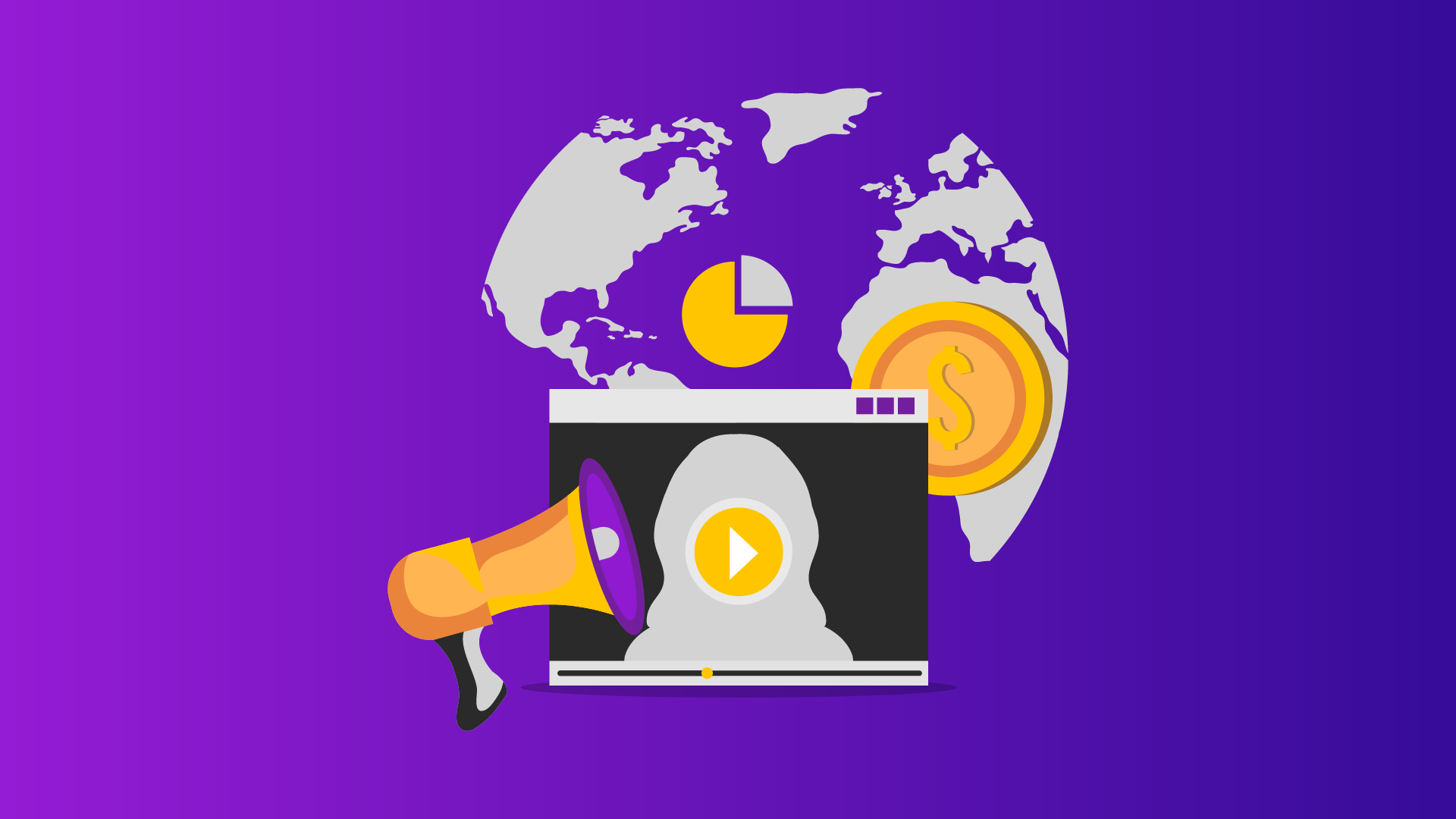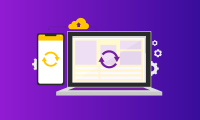What is Revenue Per Mille (RPM)? How to Improve It?
Staying on top of key metrics is essential for publishers aiming to optimize their content and maximize ad revenue. While metrics like CTR (Click-Through Rate) and CPC (Cost Per Click) are widely acknowledged, one often overlooked but crucial indicator is Revenue Per Mille (RPM).
Understanding the nuances of RPM and implementing strategies to improve it can significantly impact a publisher’s bottom line. This blog post aims to demystify RPM for publishers, offering insights into its significance, factors influencing it, and practical tips on enhancing this crucial metric.
What is revenue per mille (RPM)?
RPM, representing Revenue Per Thousand Impressions, is a metric that gauges the overall effectiveness of a publisher’s monetization strategy. It is a crucial metric in digital publishing that quantifies the revenue generated for every thousand impressions of an ad. It serves as a fundamental indicator of a publisher’s monetization efficiency, offering insights into the financial performance of digital content.
How to calculate RPM?
In mathematical terms, RPM is calculated as follows:
RPM=(Total Impressions/Total Revenue)×1000
Example:
Imagine you are a digital publisher running a website, and over the course of a month, your website accumulates the following metrics:
Total Revenue: $5,000
Total Impressions: 2,000,000 (2 million)
Now, let’s calculate the RPM:
RPM =($5,000/2,000,000)×1000
RPM=(0.0025/1)×1000
RPM=2.5
The calculated RPM is 2.5, which means that for every thousand impressions on your website, you are generating $2.5 in revenue.
A few things to note:
- This metric provides a standardized way to assess revenue performance, irrespective of the scale of impressions.
- A higher RPM is generally desirable to take website monetization to the next level.
- Publishers can use this figure to evaluate the effectiveness of their content, ad placements, and overall monetization approach.
What are the different types or variations of RPM?
While RPM is a standard metric, it can be calculated and interpreted in different ways depending on the context and the specific needs of publishers and advertisers. Here are a few variations or types of RPM:
- Page RPM
Calculation: Page RPM is calculated by dividing the total earnings from ads on a webpage by the total number of pageviews, and then multiplying by 1000.
Use Case: This type of RPM is useful for understanding the revenue performance of individual pages on a website.
- Ad Unit RPM
Calculation: Ad Unit RPM is calculated by dividing the total earnings from a specific ad unit by the total number of impressions that ad unit receives, and then multiplying by 1000.
Use Case: Ad Unit RPM helps assess the effectiveness of specific ad placements or formats.
- Site RPM
Calculation: Site RPM is calculated by dividing the total earnings from ads on an entire site by the total number of pageviews for the entire site, and then multiplying by 1000.
Use Case: Site RPM provides an overall view of how well a website is monetizing its content.
- eCPM (Effective Cost Per Mille)
Calculation: eCPM is similar to RPM but is often used from the advertiser’s perspective. It represents the estimated earnings for the advertiser per thousand impressions and is calculated by dividing total earnings by total impressions and then multiplying by 1000.
Use Case: Advertisers use eCPM to assess the efficiency of their ad spend and compare the performance of different advertising channels.
- Session RPM
Calculation: Session RPM is calculated by dividing the total earnings from ads by the total number of sessions (visits) to a website and then multiplying by 1000.
Use Case: Session RPM helps evaluate the revenue generated per visit to a website, providing insights into user engagement and monetization effectiveness.
- Ad Type RPM
Calculation: Ad Type RPM involves calculating the revenue generated per thousand impressions for specific ad types, such as display ads, video ads, or native ads.
Use Case: Publishers can use Ad Type RPM to optimize their content strategy based on the performance of different ad types.
- Impression RPM
Calculation: Impression RPM, or Ad Impression RPM, is calculated by dividing the total ad revenue by the total number of ad impressions and then multiplying by 1000.
Use Case: This metric assesses the efficiency of converting ad impressions into revenue, offering insights into the overall monetization effectiveness of a digital publishing strategy.
What factors influence RPM?
- Ad Placement
The strategic positioning of ads on a webpage plays a pivotal role in influencing RPM. Well-placed ads, whether above-the-fold, within content, or strategically positioned throughout the user journey, can enhance visibility and engagement. Advertisers often value premium placements, and optimizing ad positioning can lead to higher click-through rates (CTR) and, subsequently, increased RPM.
- User Engagement
The level of engagement your audience exhibits with your content directly impacts RPM. High-quality, engaging content not only attracts more visitors but also encourages them to spend more time on your site. Increased user engagement often translates into more ad impressions, contributing to a higher RPM. Metrics such as average session duration and bounce rate are indicative of user engagement and can be optimized to positively influence RPM.
- Niche Relevance
The relevance of your content to a specific niche or target audience is a critical factor. Advertisers are willing to pay more for ad placements in content that aligns with their target demographics. Tailoring content to match the interests and preferences of your audience enhances the likelihood of attracting advertisers willing to bid higher for their ads to be displayed, thereby positively impacting RPM.
- Ad Format and Creativity
Different ad formats have varying levels of effectiveness and user acceptance. Experimenting with ad formats, such as display ads, native ads, or video ads, can influence user interaction and ad performance. Creative and compelling ad content also contributes to higher engagement, potentially improving metrics like CTR and, consequently, RPM.
- Website Traffic Quality
The quality of your website traffic matters. Organic, targeted traffic from users genuinely interested in your content is more likely to respond positively to ads. High-quality traffic contributes to higher engagement metrics, making your ad inventory more attractive to advertisers and positively impacting RPM.
- Device and Geographic Factors
The type of devices used by your audience and their geographic location can affect ad performance and RPM. Advertisers may value impressions from specific devices or regions differently. Understanding these preferences allows publishers to optimize their content and ad strategies to cater to the preferences of their audience and advertisers.
Interconnectedness with Other Metrics
RPM is not isolated; it coexists and interacts with other key metrics such as Click-Through Rate (CTR) and Cost Per Click (CPC). The interconnectedness can be understood as follows:
- CTR (Click-Through Rate): CTR measures the percentage of users who click on an ad after seeing it. A higher CTR indicates that a larger proportion of users find the ad compelling. As CTR increases, it often leads to more revenue-generating clicks, positively influencing RPM.
- CPC (Cost Per Click): CPC is the cost an advertiser pays each time a user clicks on their ad. While publishers don’t control CPC directly, a higher CPC generally results in higher revenue per click, contributing to increased RPM.
How can publishers track their RPM?
Publishers can track their Revenue Per Mille (RPM) through various analytics and advertising platforms. Here are some common places where publishers can monitor and analyze their RPM:
- Ad Networks and Ad Exchanges
Most ad networks and ad exchanges provide detailed analytics dashboards where publishers can track their RPM. These platforms often offer insights into various metrics, including impressions, clicks, revenue, and RPM.
- Google AdSense
For publishers using Google AdSense, the AdSense dashboard is a primary tool for monitoring RPM. It provides comprehensive data on ad performance, including RPM for different ad units, pages, and the overall site.
- Google Ad Manager
Publishers using Google Ad Manager have access to advanced reporting features that allow them to track RPM. This platform provides insights into ad performance, audience engagement, and revenue generation.
- Analytics Platforms
Web analytics platforms like Google Analytics 4 can provide data on user behavior and engagement, which can be valuable for understanding how user interactions relate to RPM. While these platforms may not directly provide RPM figures, they offer context around user activity.
How to increase RPM?
Increasing Revenue Per Mille (RPM) involves implementing strategic approaches that optimize various aspects of your digital publishing and advertising ecosystem. Here are several strategies to boost RPM:
- Optimize Ad Placement
Experiment with different ad placements on your website to find the most effective locations. Consider placing ads strategically within content, near high-engagement areas, or in prominent positions above-the-fold.
- Improve Ad Visibility
Ensure that ads are visually appealing and stand out on your website. Use eye-catching creatives, and consider experimenting with different ad formats to see which ones resonate best with your audience.
Generative AI can be a valuable tool in creating visually appealing and eye-catching ad creatives for websites. It can automate the design process by generating a variety of visual elements, layouts, and color schemes that blend with your website design.
- Enhance User Experience
Ensuring a balance between user experience and ads is key to retaining visitors. Balance the number of ads with the quality of content to avoid overwhelming users. Slow-loading ads or intrusive formats can negatively impact user experience and, consequently, RPM.
- Implement Responsive Design
Ensure your website is mobile-friendly and optimized for various devices, including desktops and tablets. Responsive design not only improves user experience but also allows for effective ad delivery on different screen sizes.
- Refine Targeting Strategies
Leverage the power of AI and ML-driven predictive analysis to implement precise targeting, delivering highly relevant ads to your audience. Utilize behavioral targeting and advanced audience segmentation techniques to understand the intricate nuances of your audience’s interests and demographics.
- Diversify Ad Types
Experiment with different ad types, such as display ads, native ads, and video ads. Diversifying ad formats can appeal to a broader range of advertisers and potentially increase competition for ad space, leading to higher RPM.
- Implement Header Bidding
Consider implementing header bidding to increase competition among advertisers for your ad inventory. Header bidding allows multiple advertisers to bid simultaneously, potentially driving up ad rates and improving RPM.
- Direct Deals
Explore opportunities for both traditional direct deals and advanced direct programmatic deals with advertisers or agencies. These collaborative arrangements can often yield higher payouts than conventional programmatic advertising, thereby contributing significantly to the enhancement of your Revenue Per Mille (RPM).
Achieving success in increasing RPM is akin to orchestrating a symphony of various elements, each contributing to the harmonious growth of ad revenue. It requires a holistic approach that encompasses creation of relevant, high-quality content that not only attracts users but also provides them with value and a positive experience. By striking a balance between monetization strategies and user satisfaction, publishers can truly unlock the full potential of their digital content, fostering sustained success in the dynamic landscape of digital publishing.




Leave a Reply